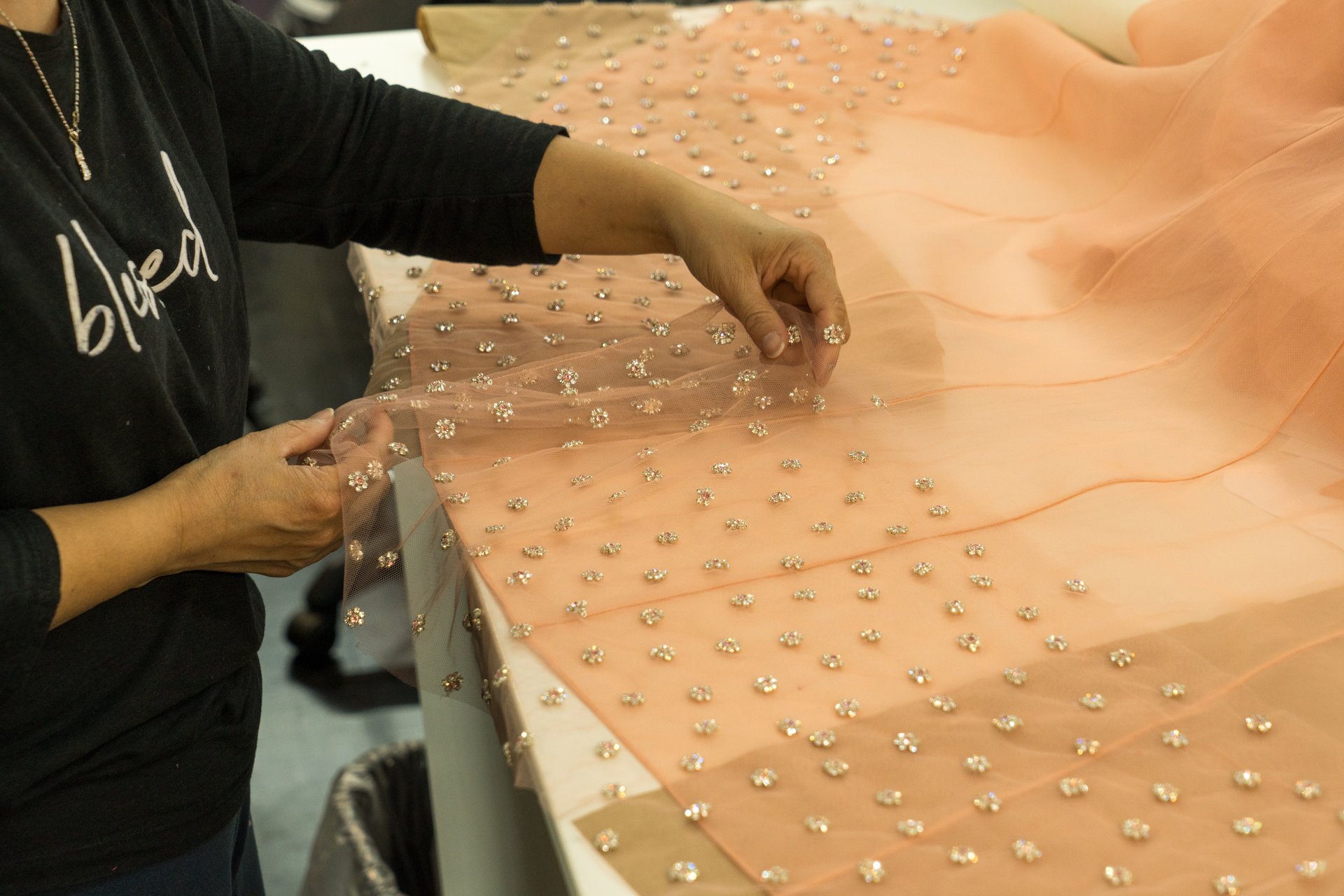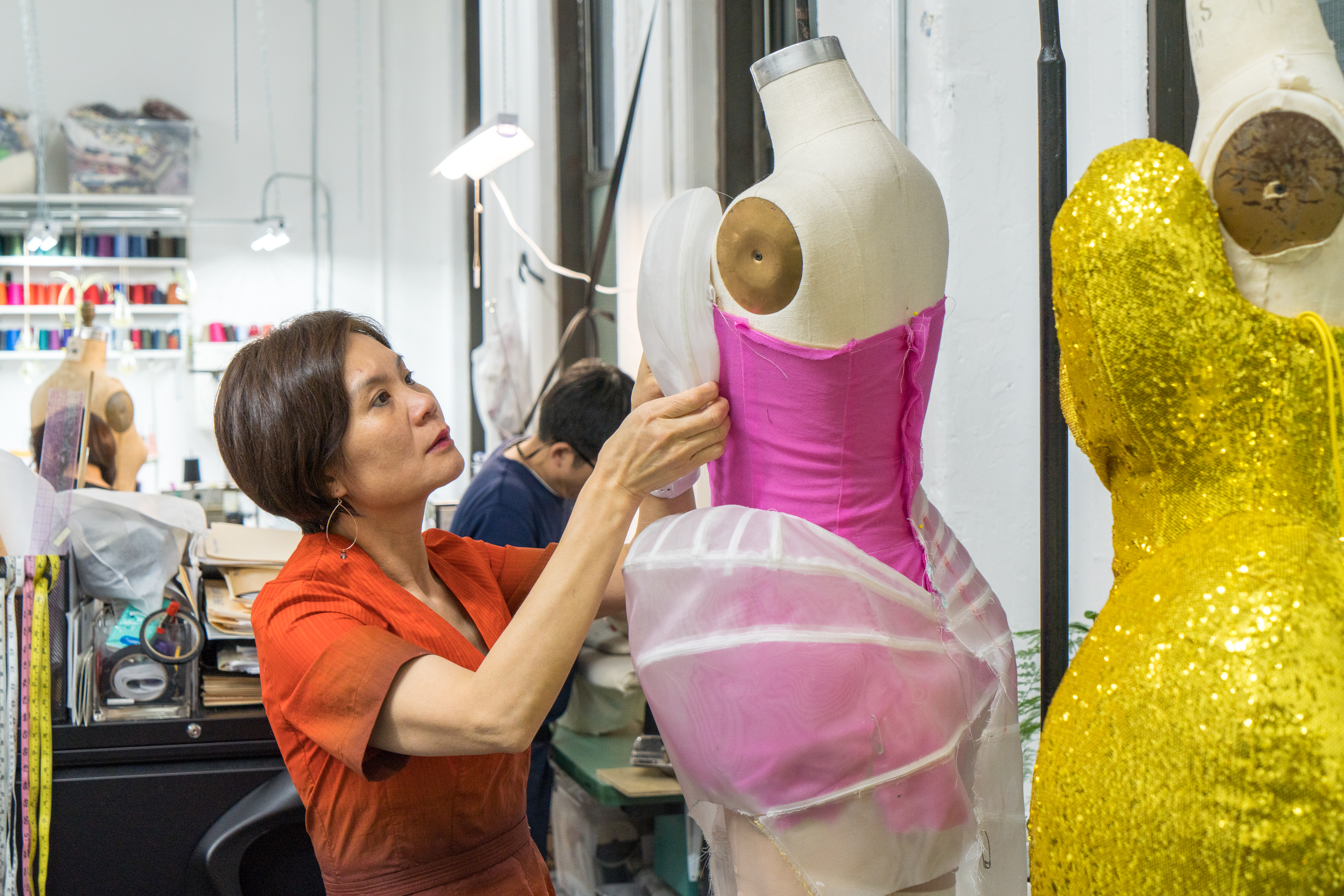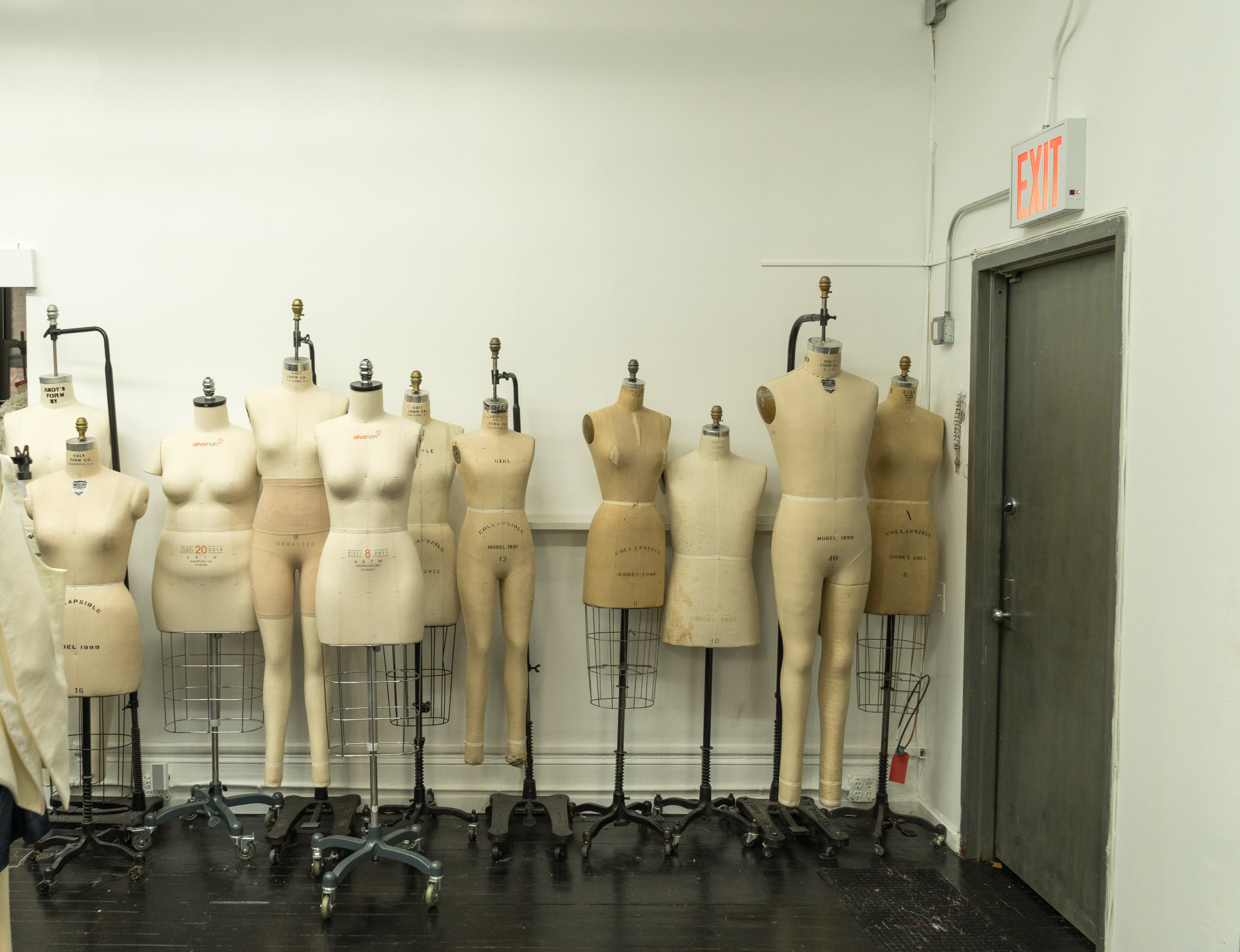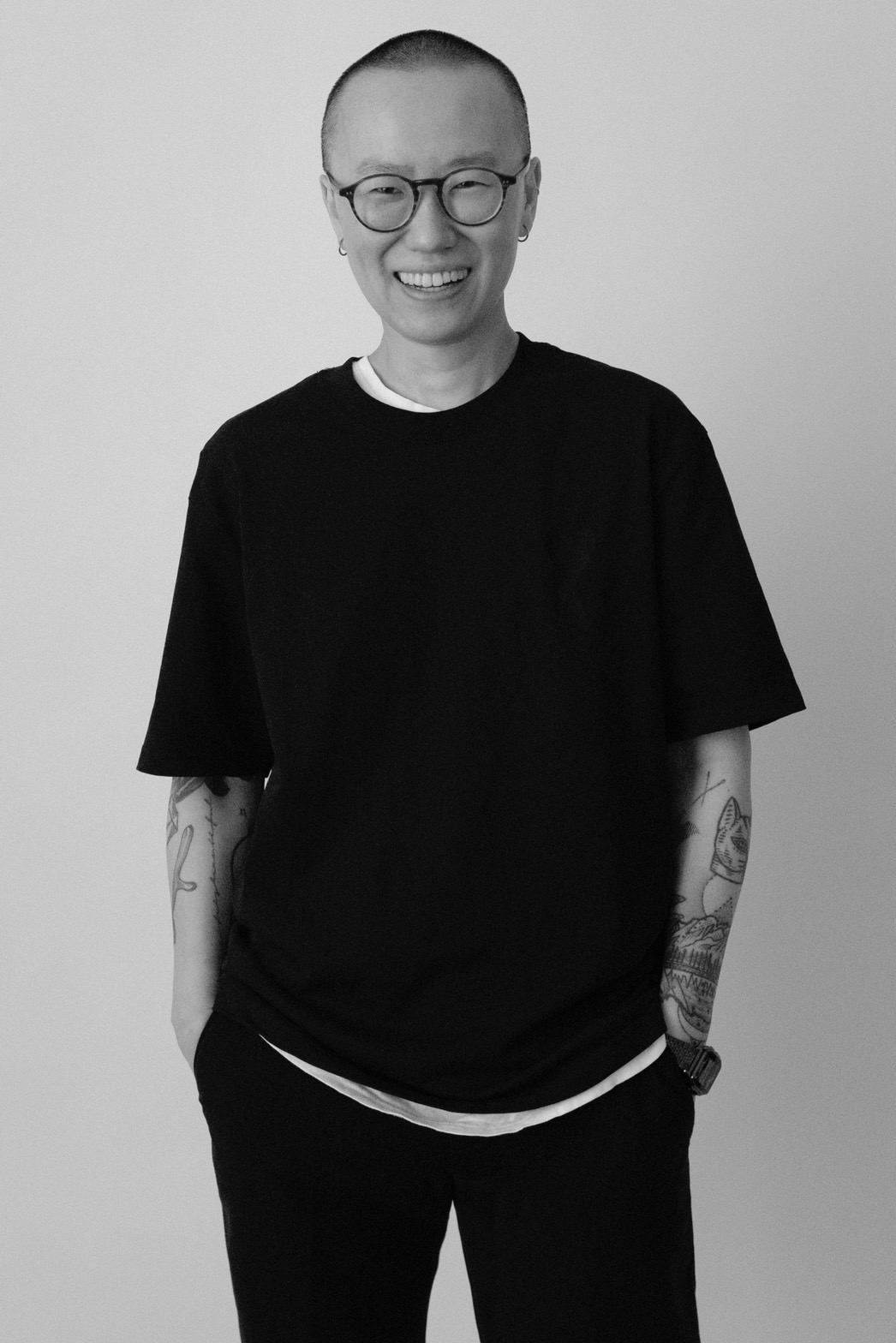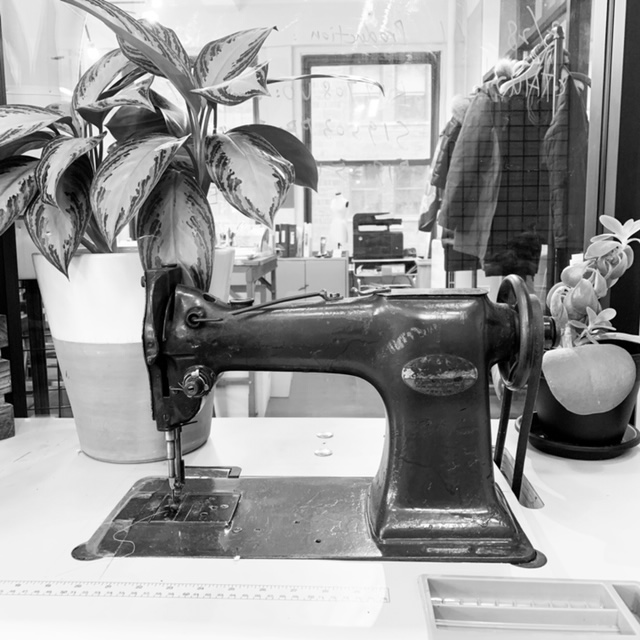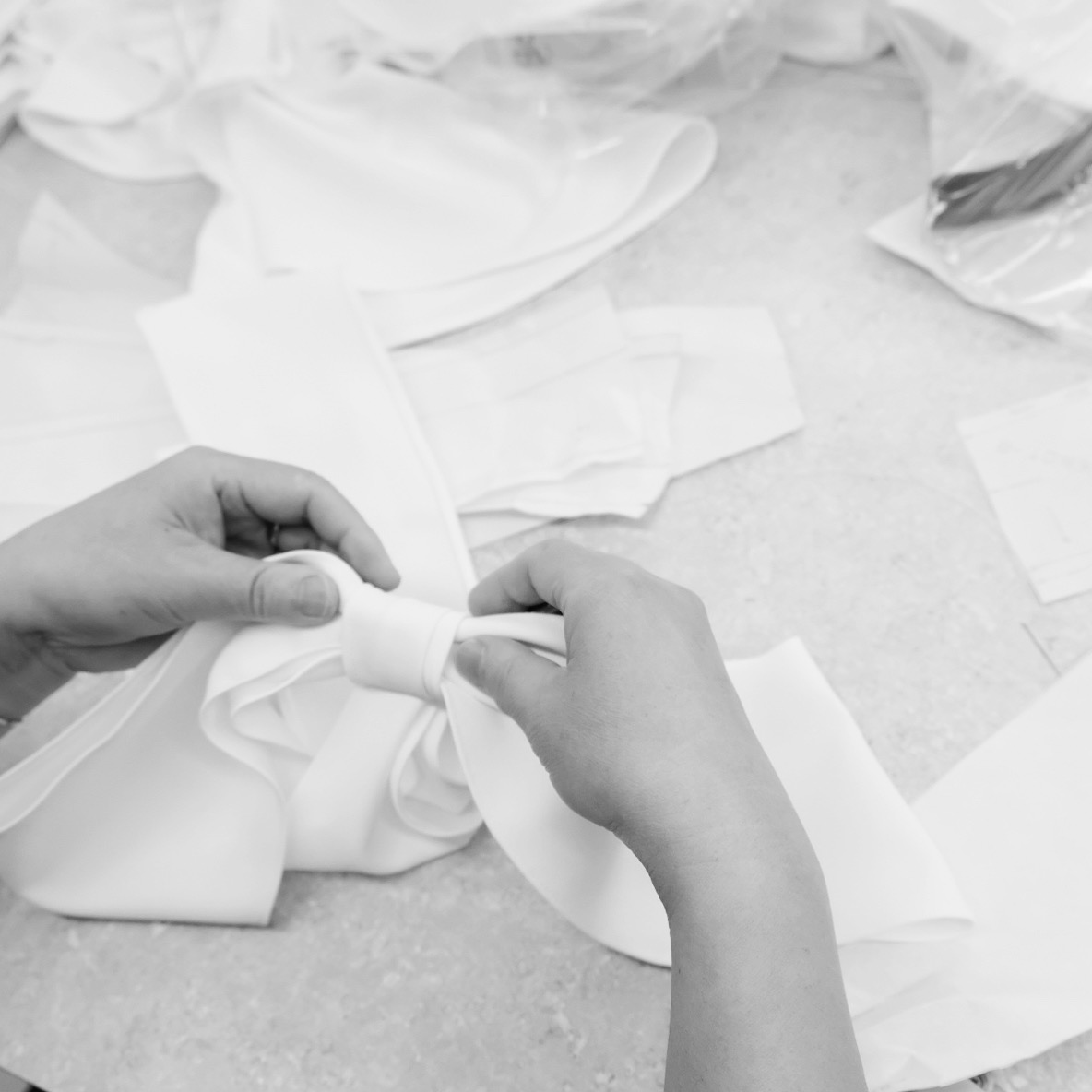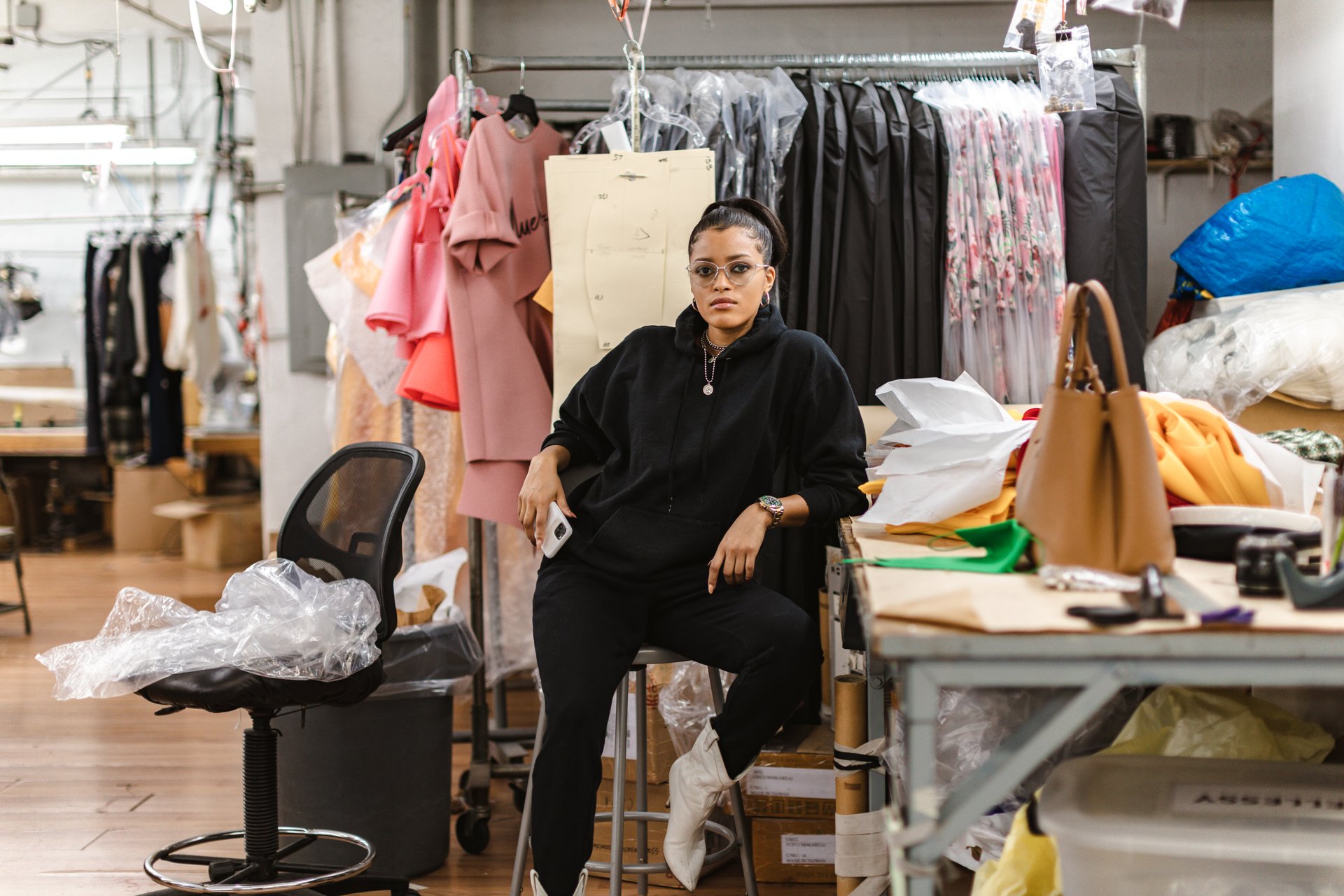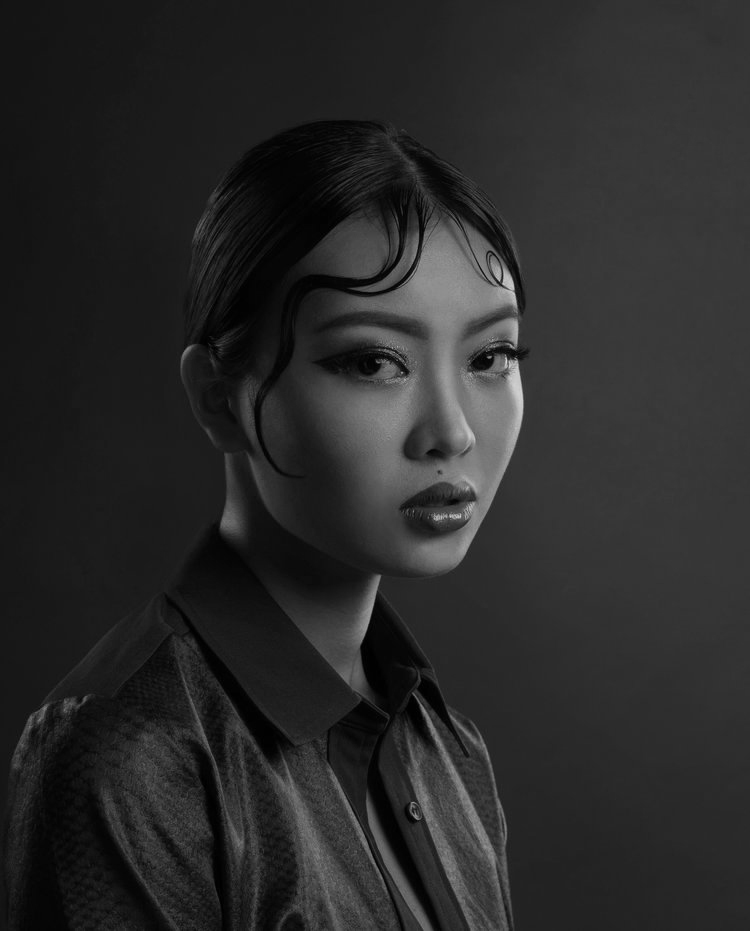MEI PATTERN STUDIO
260 W 36th Street Suite 802, New York, NY 10018
Website/Instagram: www.meipatternstudio.com , @meipatternstudio
Explore Mei Pattern Studio on the CFDA’s Production Directory here.
What does your factory make or specialize in producing?
Mei Pattern Studio is a luxury pattern and sample-making studio primarily focused on runway collections and custom/made-to-measure orders for special events such as weddings, the Met Gala, and the Oscars. We offer the entire process, starting with draping, fittings, pattern making, and pattern adjustments, which I digitize through CAD system, and turn out sample prototypes, final SMS pieces, and even do small-scale production. My studio also offers pre-production consulting and guidance and sourcing if necessary. We work closely with each client, whether they are a big brand, an up-and-coming designer, a celebrity, or someone who is looking for a custom piece for a special occasion.
When did you start your business?
I started Mei Pattern Studio in 2019, but I have been pattern and sample making for over 30 years now. I worked as the head in-house pattern maker for Narciso Rodriguez for just under 20 years. When I stopped working for Narciso, I worked short-term for a handful of brands, including Alexander Wang, Aztech Mountain, and Coach. I rented a studio space in 2019 before the pandemic hit so I could have more room to work freelance, as opposed to working at home. I wound up not using the space over the height of the pandemic, but I came back at the end of 2020 and little by little my business has grown through word of mouth and connections I have made in the industry. I now have 10 employees who are like family and had to move into a bigger studio which is next door to the first one.
How did you get into apparel manufacturing? What appealed to you about it?
I love clothing, and I love meeting new designers. Working on new styles is always exciting and has always been a dream of mine. I feel proud of myself every time I turn out a garment just like the designer’s sketch; it is incredibly rewarding for me to do the work I do and to make people’s dreams come true. Ever since I was little, around middle school, I would take scraps of fabric and make clothes for my baby dolls. I fell in love with handwork and creating and bringing my visions to life through draping, drawing patterns, and sewing – I have not stopped since. I love the entire process, working step by step until the final piece is finished. It is magical to see the final piece come to life and know that it started as a piece of paper and some handwork.
What are your recommendations for new designers that might be interested to work with local manufacturers?
The most crucial piece of advice I would give is to know and understand that we are small businesses and operate differently from huge corporate factories/corporate brands. We work hard to support our families and doing what we love, which is to help make our client’s dream into a reality.
The garment district is special and unique, filled with so many fascinating people- it is a community. Some designers forget this, or avoid acknowledging this, and think that paying on time does not matter. Of course, this is deeply untrue as the majority of the money spent making pieces come to life, comes straight from our pockets, and we hope and trust the client and/or designer will reimburse us and pay us for our hard work.
I also would advise the designer to think uniquely, I love seeing new fresh designs that break barriers- designs that have not been done before. I find much too often these days that designers rip off other designers and copy their ideas, making a cheaper version of what already exists. It is disheartening and like fast food, not healthy.
The month of May marks the national celebration of Asian American and Pacific Islander Heritage Month. What does this month mean to you?
This month is very important to me. It is powerful to see people realizing how important Asian Americans are in the United States, how hard we work, and how much we respect this country. We love this country, and we love that we have voices, that we can stand out, and that people can see how important we are to the United States. I am so proud to be an Asian American.
